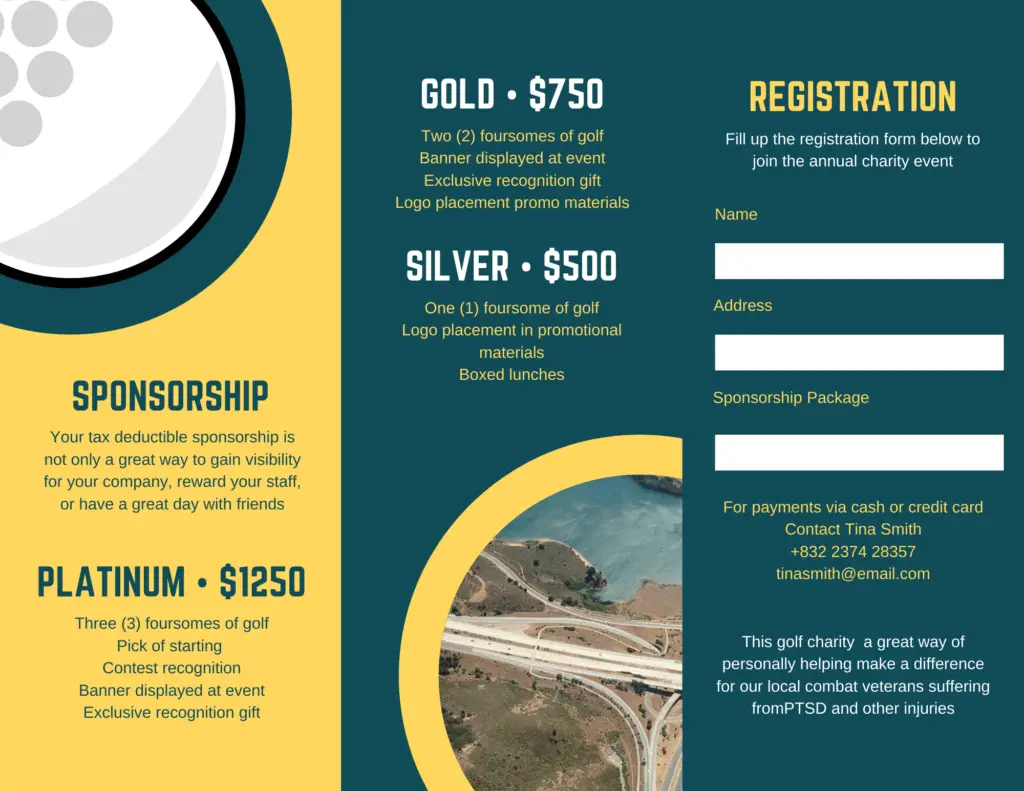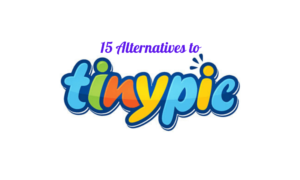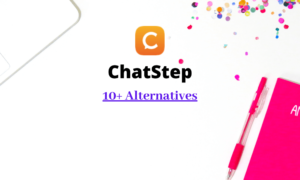The digital brochure is an important marketing communications vehicle used by many businesses. Even with a large online presence, including an aggressive email marketing campaign, the digital brochure is still an important piece of corporate communication, especially for online marketing. However, just having a brochure is not good enough; it must be designed and executed effectively.
Yes, I know, many people who shed blood, sweat, and tears over creating their masterpiece of a brochure believe that it is a one-of-a-kind marketing piece that will “blow the roof off” with sales and leads. Let me ask you if you already have a brochure, is it blowing the roof off with sales and leads? If it is, skip this article. However, if you do not have a brochure or do not pull its weight and generate leads, then reading through some of the key points below may improve your brochure and hopefully help generate positive results. But first, check out a good marketing brochure example (template) that you can create using Canva.


8 Ways to Make a Good Marketing Brochure in 2021:
1. Have a Planning Session
Everyone involved with the brochure design process and production should be included in a planning meeting to elaborate offline and online strategies. I’m going to use a credit union as an example to illustrate my points, as needed. Let’s say the credit union is planning to use a brochure for marketing its financial products. Individuals present in the planning session may include the credit union manager, the marketing manager or assistant, the graphic designer, and the loan or financial officer.
Why this is important: When initial stakeholders, mentioned above, are involved early in the design and planning process, getting their approvals and creating ground rules for the brochure can be easily established. This helps eliminate ambiguity during the process and provides rules on who approves articles and the design of the brochure.
Related: Digital Marketing Tips and Tricks for Startups
2. Define Clear Brochure Objectives
“Just because” a brochure is needed does not constitute a clear objective. Clear and precise objectives should be discussed with your brochure team, discussed in step 1 (above). Some examples of objectives may include:
- messages that you want to convey to your target audience
- what readers should gain from the brochure
- brochure distribution methods
- your offer (are you offering a coupon discount or asking the reader to call or visit your website?)
- the reader should respond (will it be online, by phone, or return reply mail card?)
Why this is important: Having clear and defined objectives is like traveling to an unknown destination using a well-documented map. Without the map, you will miss your mark, wasting valuable time and resources. The same concept applies when creating marketing collateral, including brochures. Having a road map for your process helps manage your design time and reduces unnecessary costs.
See Also: 5 Best Marketing Strategies for Nonprofit Organizations
3. Only Those Responsible Should Edit Their Sections
This particular tip can also apply to writing newsletters. Specifically, using the credit union example, let’s say the brochure will have a message from the branch manager, information about loans offered by the credit union, and some checking and savings account information. Each department should write its articles; for example, the branch manager will write his message. The loan officer is responsible for writing articles on loan rates and incentives, and other departments are responsible for writing their parts.
Once the brochure layout is complete, individuals who wrote their specific parts will only edit those parts. Individuals who did not write a section should not be involved in proofing the content of other individuals’ parts. They can, however, prove another individual’s section for spelling and grammar.
Why this is important: routing your brochure design and layout to everyone on your team and those who contributed can cause delays since everyone will have a say in how the design should look and what the content should say. By limiting their input to their contribution and leaving the design up to the graphic designer and approval to the marketer, the entire process becomes more efficient and quick.
4. Observe the Competition
Business is not conducted in a vacuum; therefore, you should not design a brochure in a vacuum. Acquire samples of competitors’ brochures. You want to see what offers and articles the competition is including in their brochure. Do they have the same objectives outlined in your plan? Are they offering similar products or services? What design elements are they using to build their brochure? How about the types of images or stock photos?
Why this is important: Keeping an eye on what the competition is doing is not only good marketing sense; it’s essential, especially when developing your marketing collateral. Too often, small businesses make the mistake of copying their competitor’s marketing material, thinking if it works for the competition, then it will work for them. Nothing could be further from the truth. It may not even be working for the competition, and in this case, you have just wasted your time and money, not to mention the embarrassment of copying the competitor’s design and content.
See Also: How Can Digital Marketing Help Your Retail Business?
5. Determine Your Target Market
Is this brochure intended for everyone? Or is it for those with a certain lifestyle, income, geographic area? Is it for a certain age group? By knowing your market, you can write your copy and develop a design that “speaks” to your specific target market.
Why this is important: By narrowing and segmenting your market, you not only save time and money, you focus your marketing efforts on those who will potentially buy your product or service.
6. Do Not Include Too Much Information in the Brochure
I have worked with clients who have wanted to add a lot of information to their brochures. The focus of your brochures is important. Remember the second point above, define your objectives? This will help considerably when determining what type of content to include in the brochure. Allow for some white space (or blank areas) to focus the reader’s attention.
Why this is important: The objective of any marketing collateral is to effectively communicate an offer or provide information. By filling all available space with information, especially for taking up space, is anti-productive in communicating your objectives.
7. Avoid Jargon or Technical Speak
Unless your brochure specifically targets people in a specific industry who happen to be experts and understand the jargon, avoid using technical language that only an expert would understand. Using the credit union example: If you sell loans, avoid highly financial, technical language. Use terms that are common to the everyday person, ones that your target audience will understand.
Why this is important: Highly technical terms can confuse and distract your target audience. The objective is to get the reader to retain the information, read it, and respond. If they have to guess what it means or it’s too difficult to understand, they will avoid reading the material altogether.
Also Read: How to Plan Your SaaS Marketing Budget and Win
8. Proofread Your Material
It’s important to have a third person, someone not directly involved with the brochure design or writing the content, proof the entire piece of collateral. As a content writer at DoMyWriting, I’d like to say that as content is written, it can be funneled to a proofreader who will check only for spelling and grammar.
Why this is important: The last thing you need is a reader and potential customer to point out poor spelling or grammar. It’s not only embarrassing, but it’s a quick way to lose credibility.
See Also:
- Top 6 Lead Generation Tactics
- Understanding How Content Marketing Can Drive Sales
- How Do You Write a Good Outreach Email?
- How Do You Write a Sales Copy That Converts?
Conclusion
Taking your brochure from idea to publishing is simple. However, involved individuals can turn a simple process into a time-consuming, exhausting project. The best approach to creating a brochure and any other marketing communications collateral is to create a plan and strategy and establish objectives. If you make this practice your standard operating procedure for all communication pieces, you will gain a competitive advantage and develop a killer marketing piece.





















